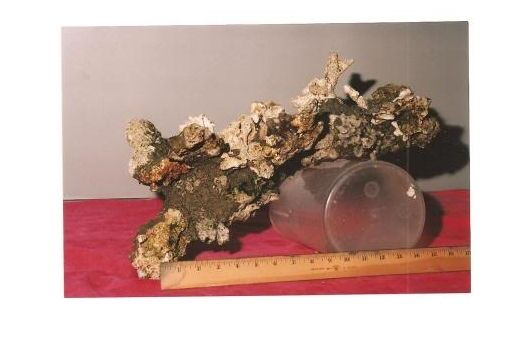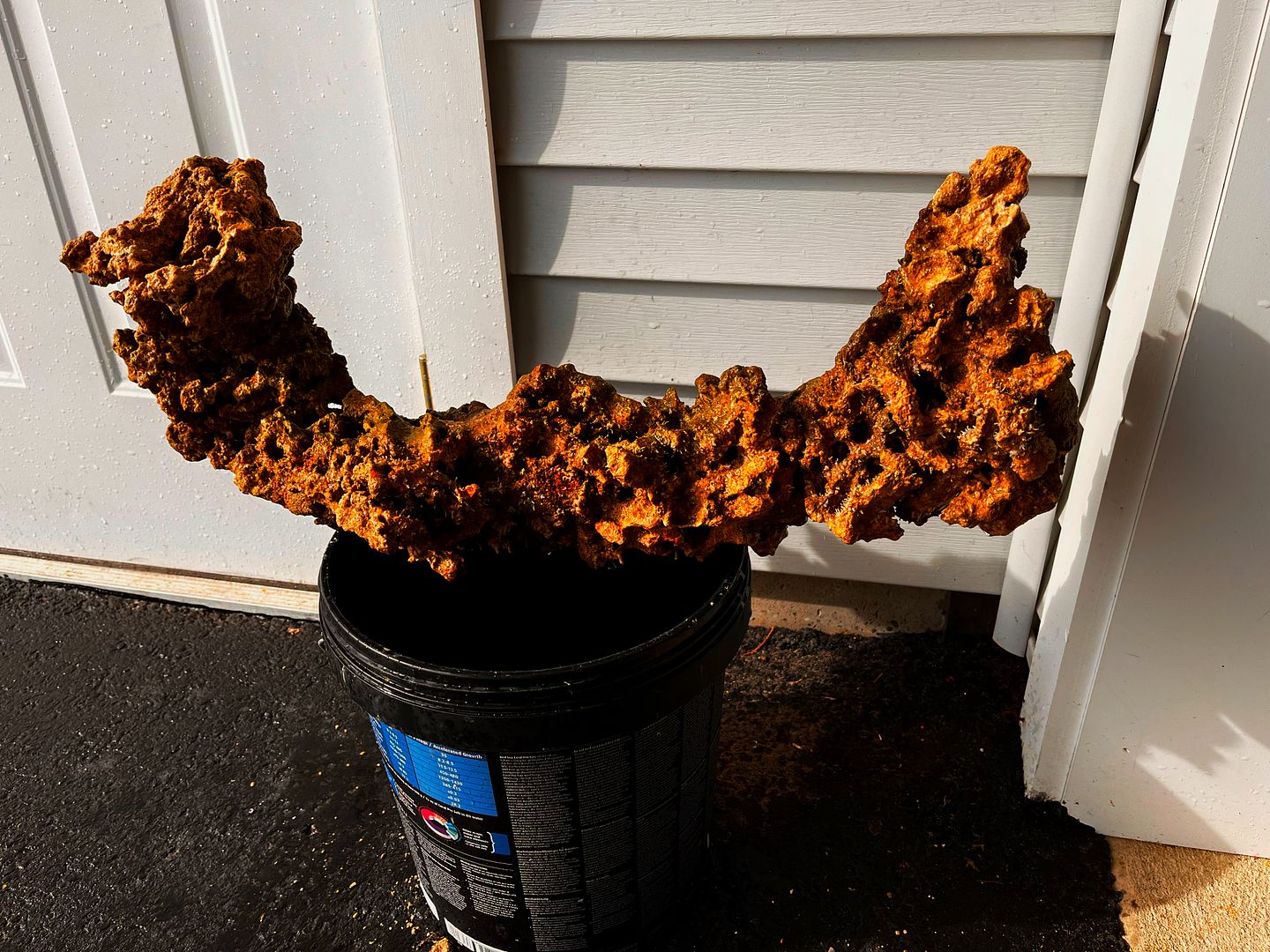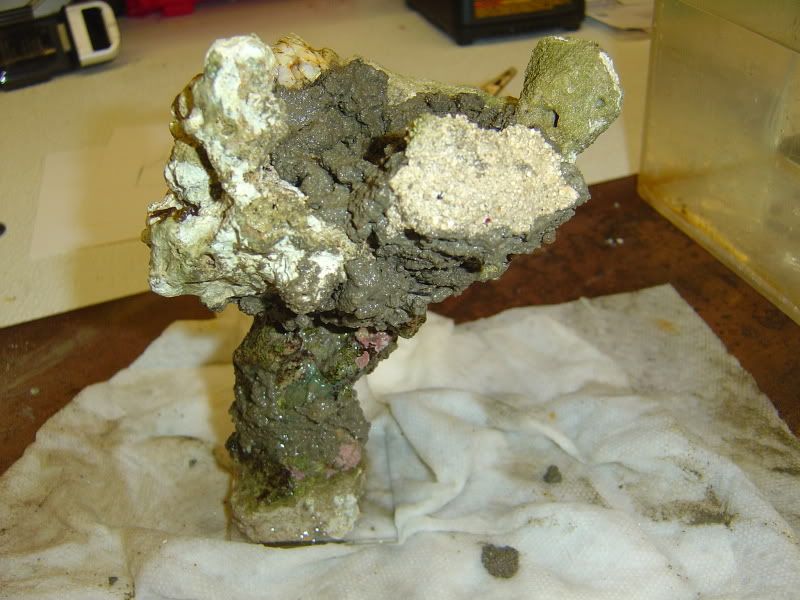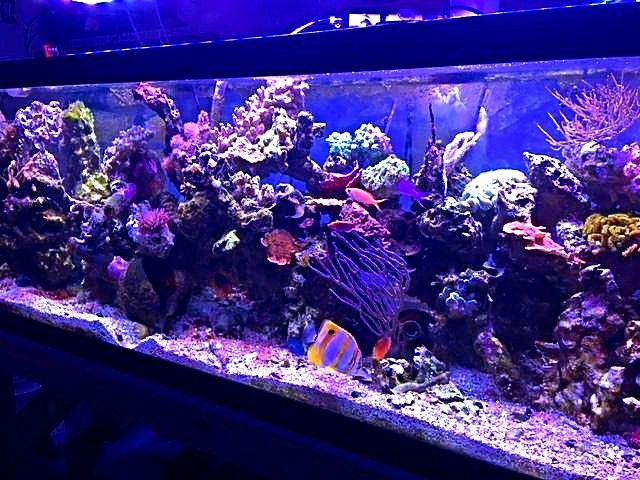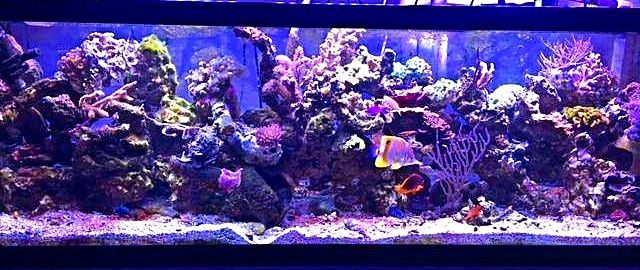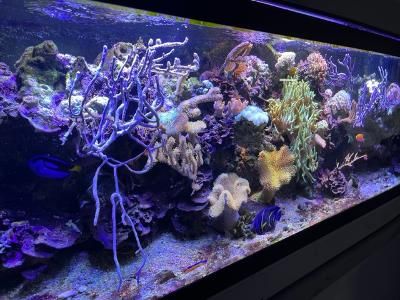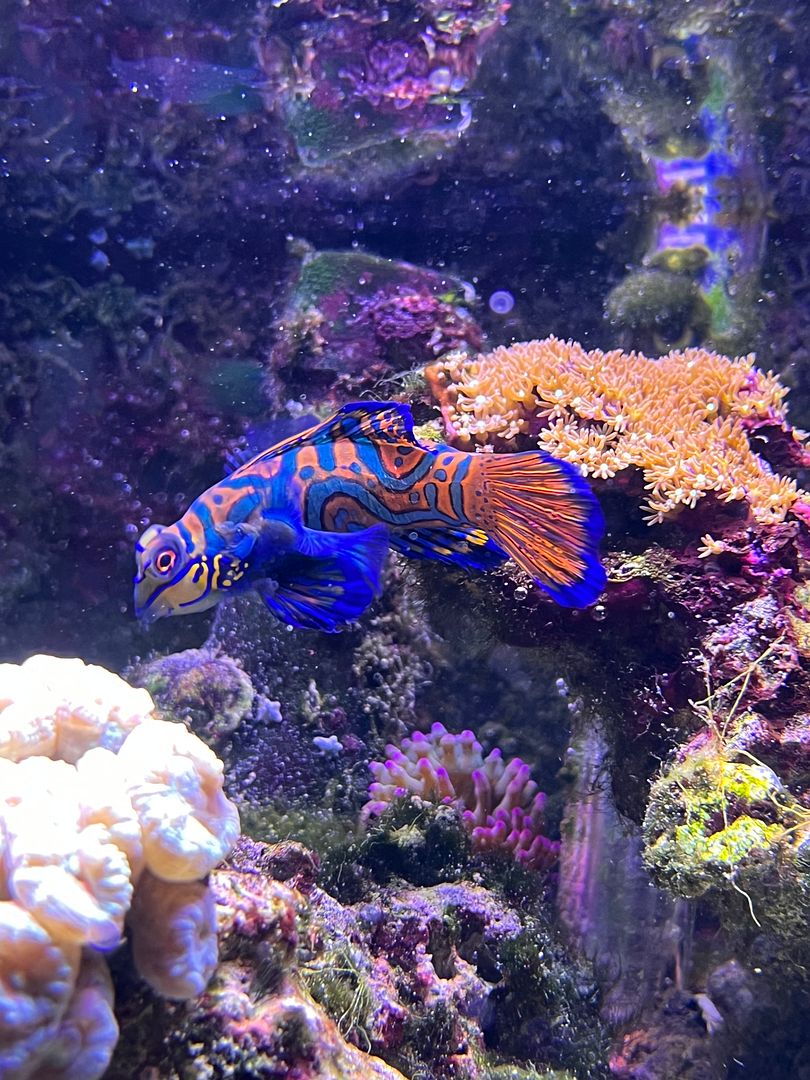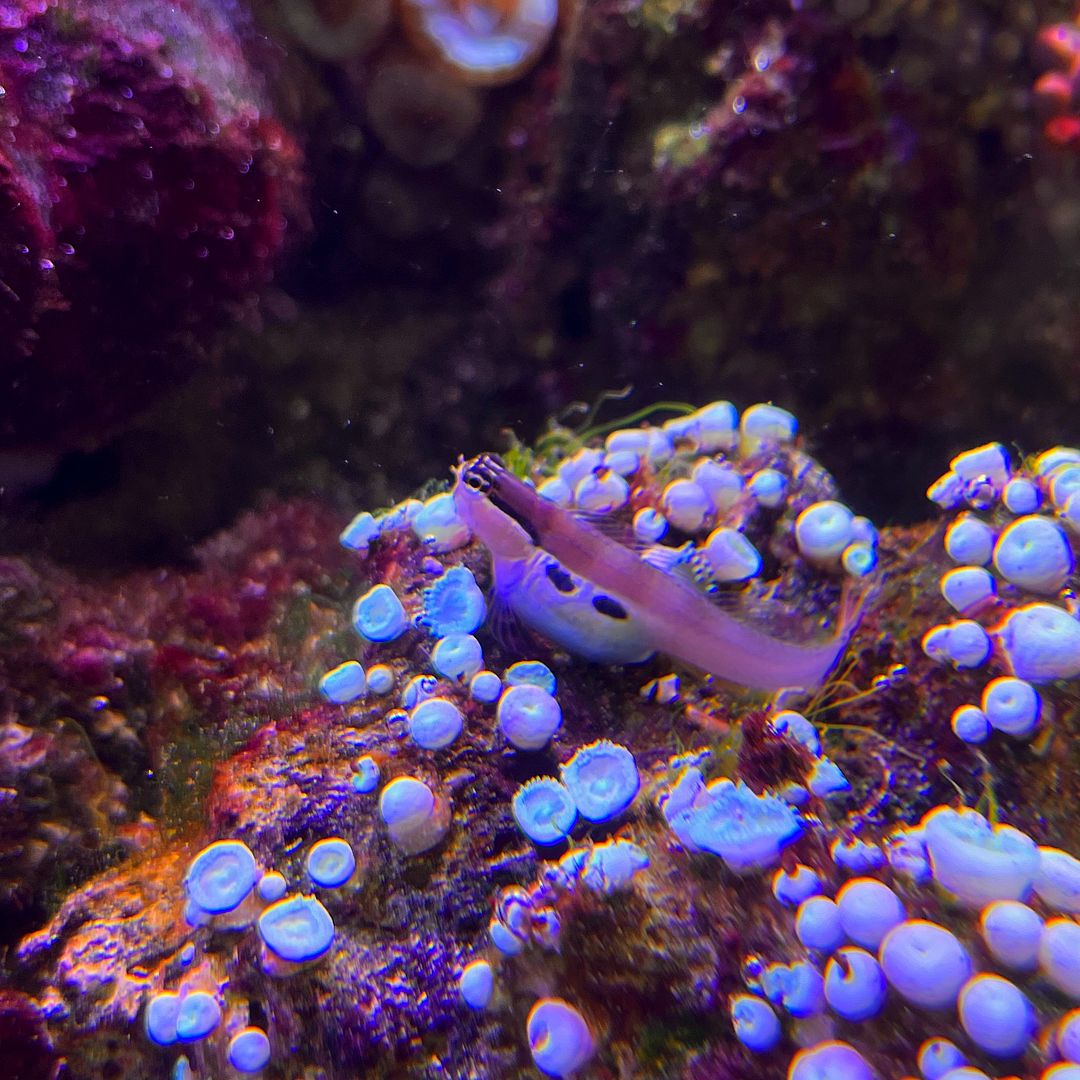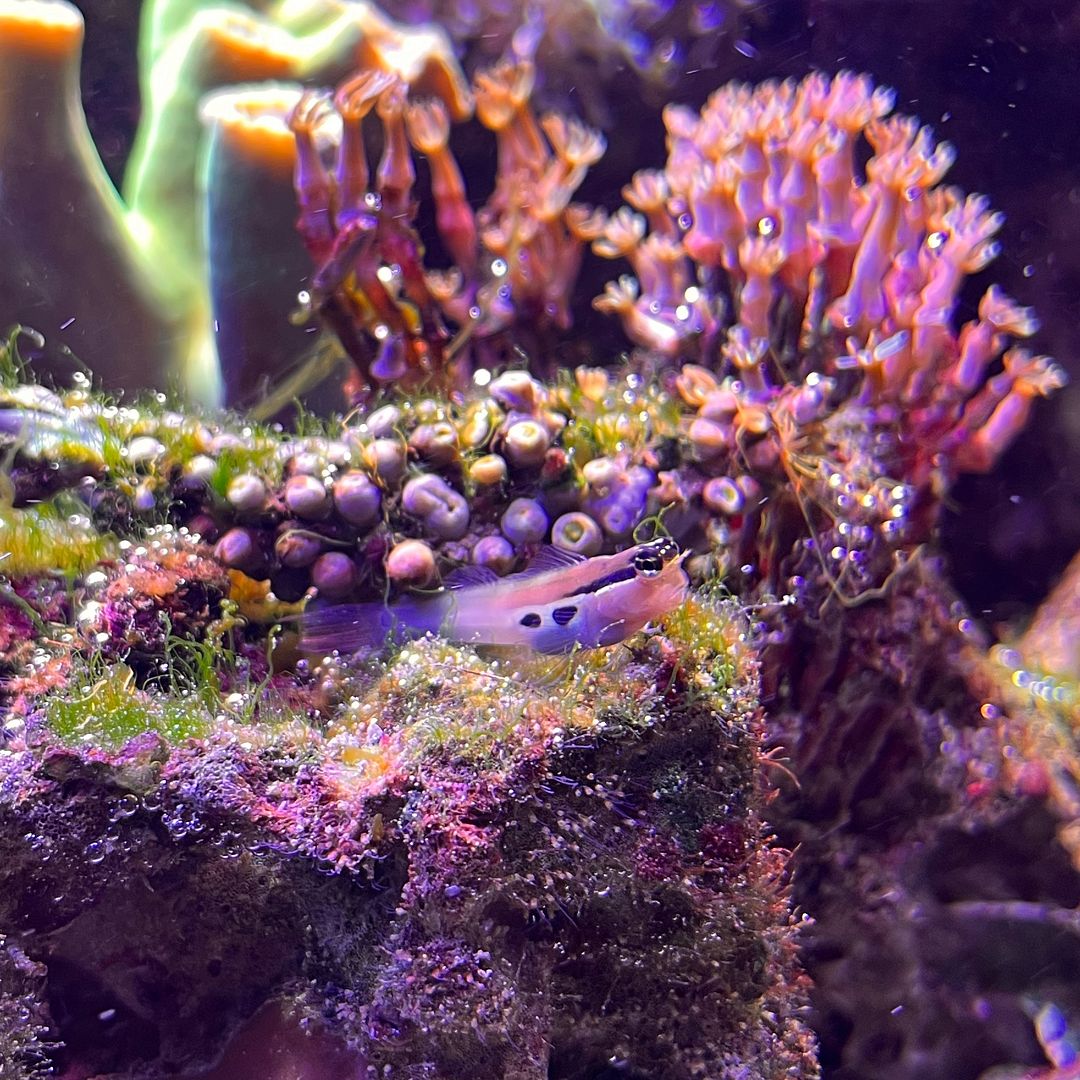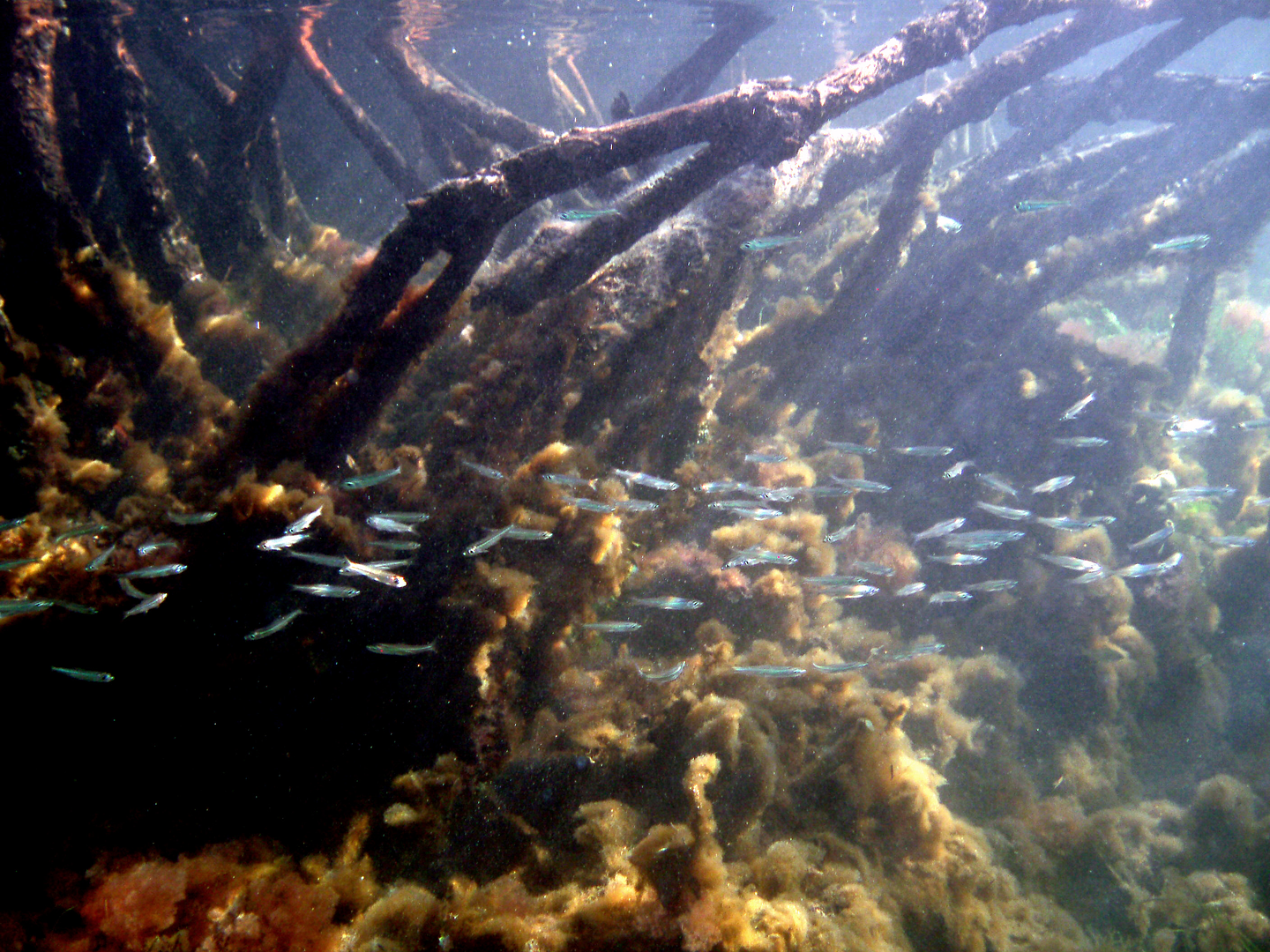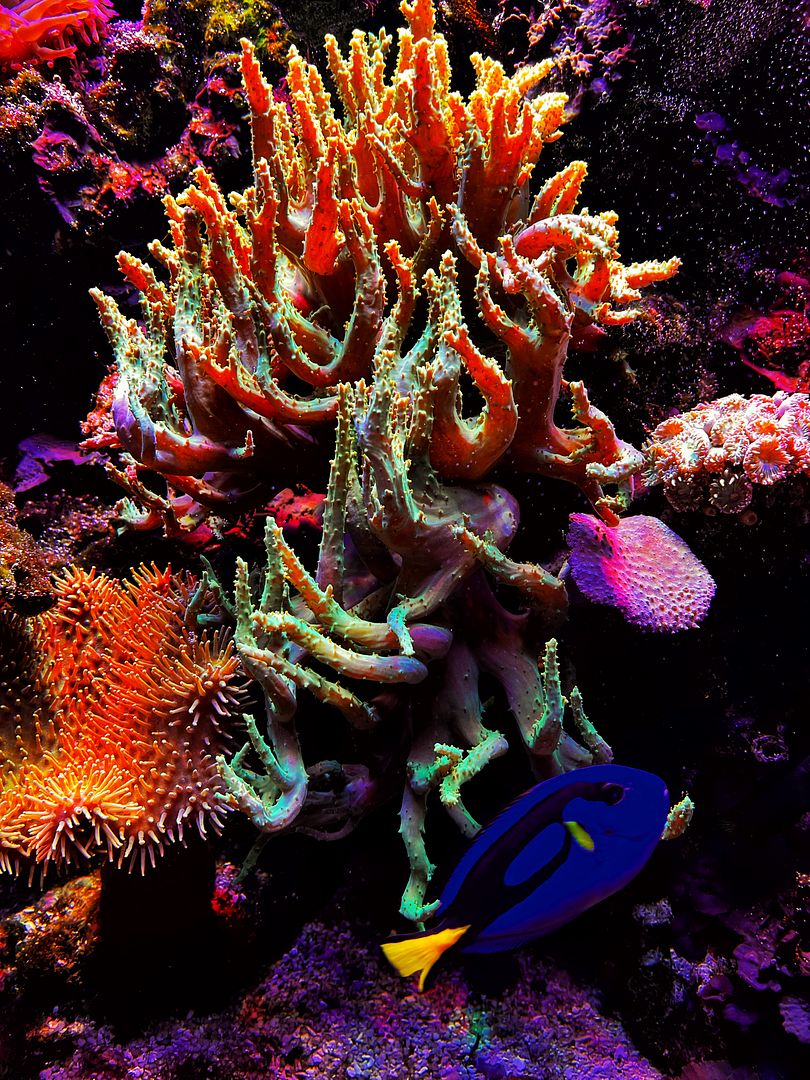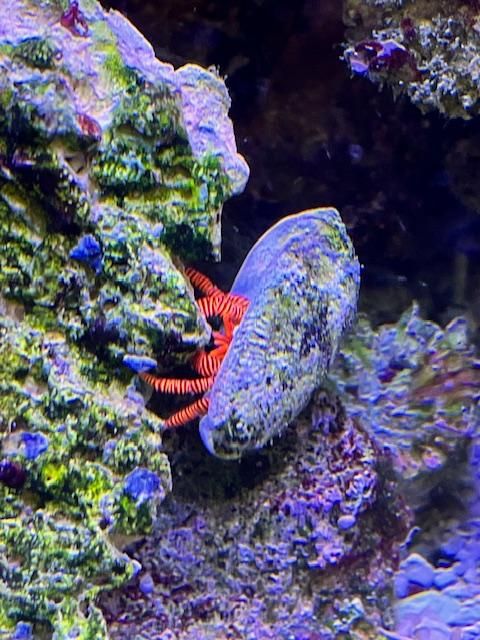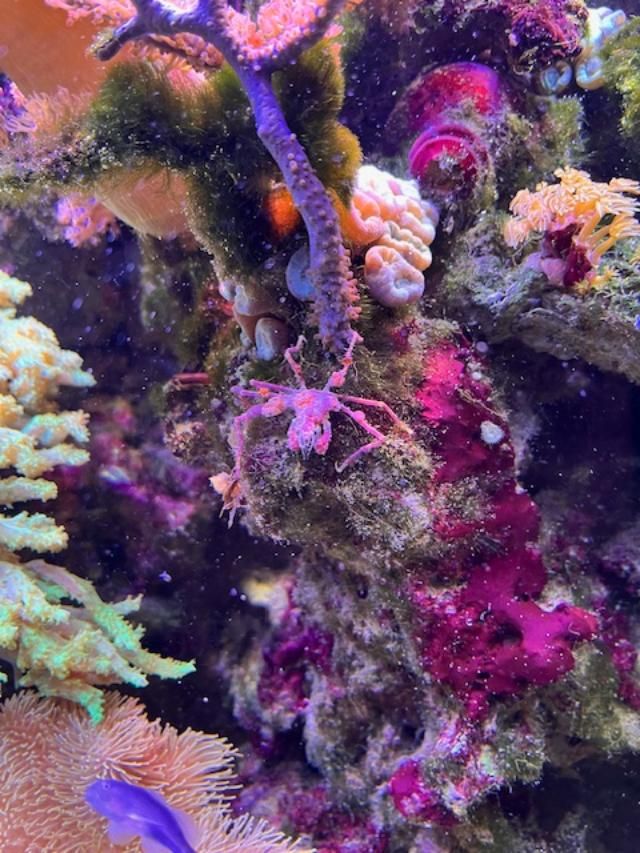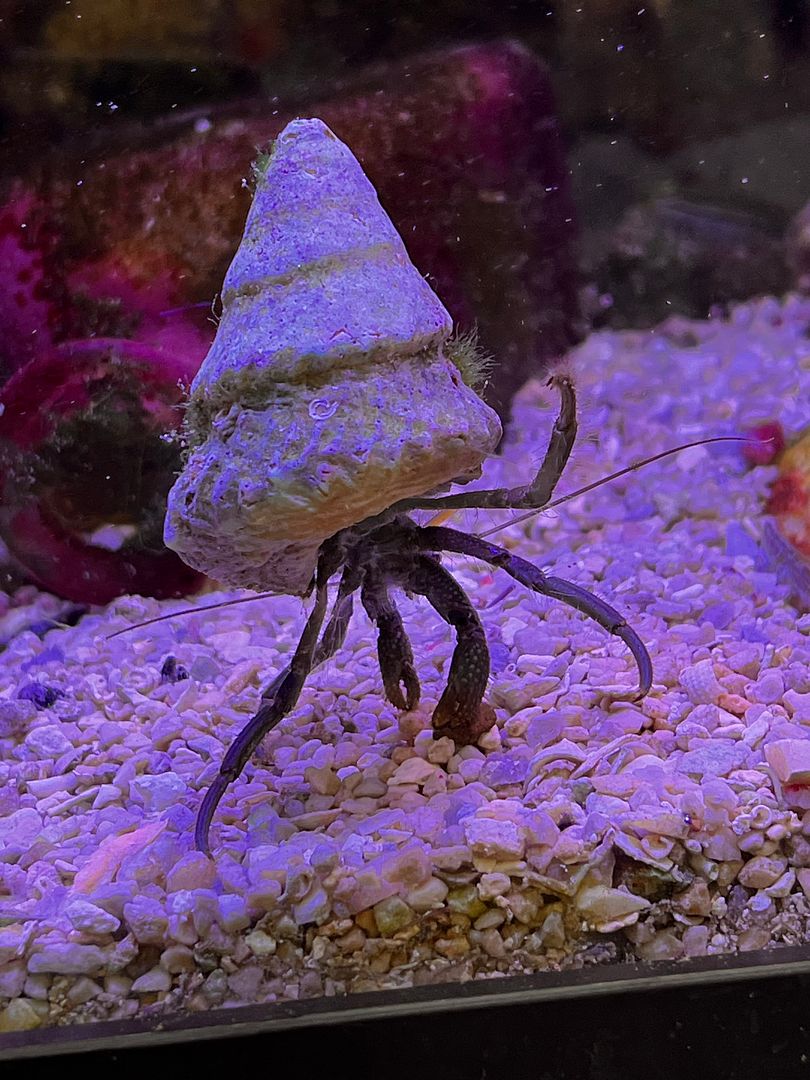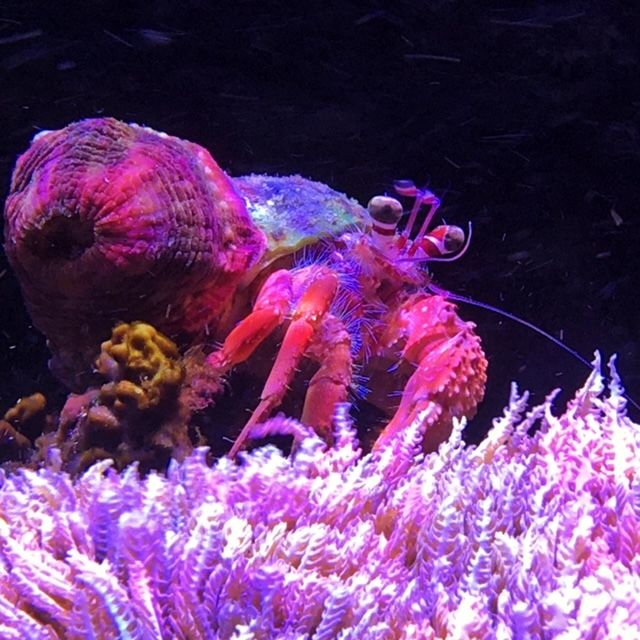Paul B
NJRC Member
First off, Remember, I am an electrician, (a really good electrician) and I am not a researcher or scientist, I also don't have as many degrees as a thermometer. I did not even go to college, there was that war thing and besides that I hate school and would rather learn what I want to learn when I want to learn it even though I know now you could take a course in Beyonce. That will get you far in life. 
Some history: I learned most of what I know about fish by spending about 400 hours with them underwater in oceans all over the place. Not tourist diving when all the divers in a resort follow an instructor around a reef that 17,000 divers "explored" before you. I have my own boat and equipment and when I went to the tropics, I hired a local guide to show me what I asked him to show me and thats how I learned. Lay on the bottom until you run out of air. Much of my dives were at night in New York hunting for lobsters in close to zero visibility.
Enough about me. If you don't believe fish can become immune, like they are in the sea, go and watch Oprah or "The View"
To know about fish you have to know how they think. You will learn that by observing them in the sea.
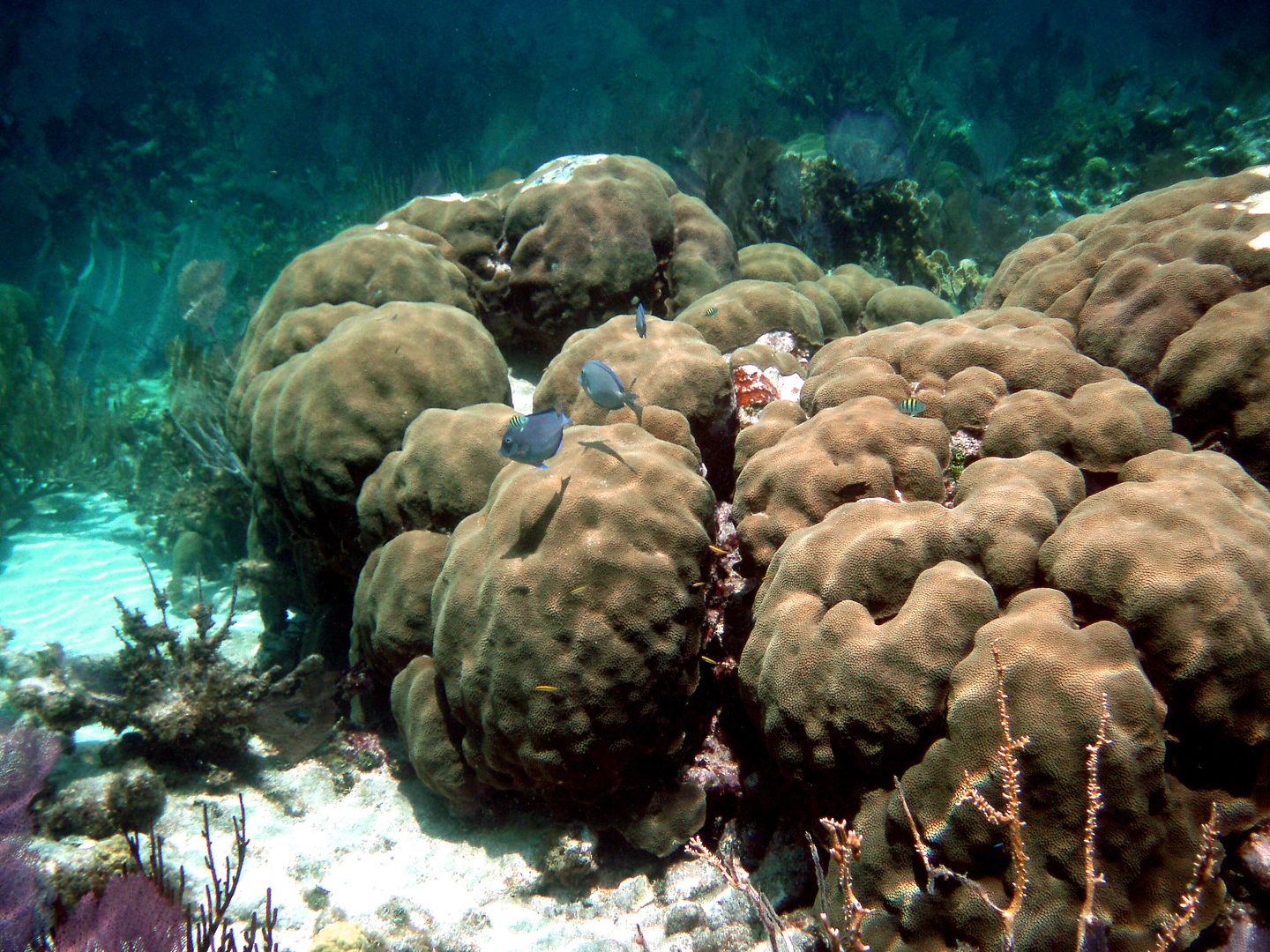
The first thing we see is that fish don't like us and they are afraid of us, yes even if you look like Angelina Jolie. As soon as a diver gets about 7' from a coral head, all the fish will dive in and get completely out of sight. Thats what they want to do,,,ALL fish. No fish in the sea is going to stay there while you get close to them.
But in a tank, they are stuck, they can't get away. They can't get 7 feet from you and in a majority of tanks, they can't even hide from you. This one thing is a huge problem in keeping fish in a Home Tank. Public aquariums are different and in those tanks, the fish are at ease.
So thats one problem but we can correct that as much as possible. Another big problem is that all bony fish have a "lateral Line" that I have never heard one person mention in 60+ years of doing this and it is the single most important thing on a fish. It is more important than their sight, smell and hearing. Fish can get along fine without those senses but would die in minutes without their lateral line.
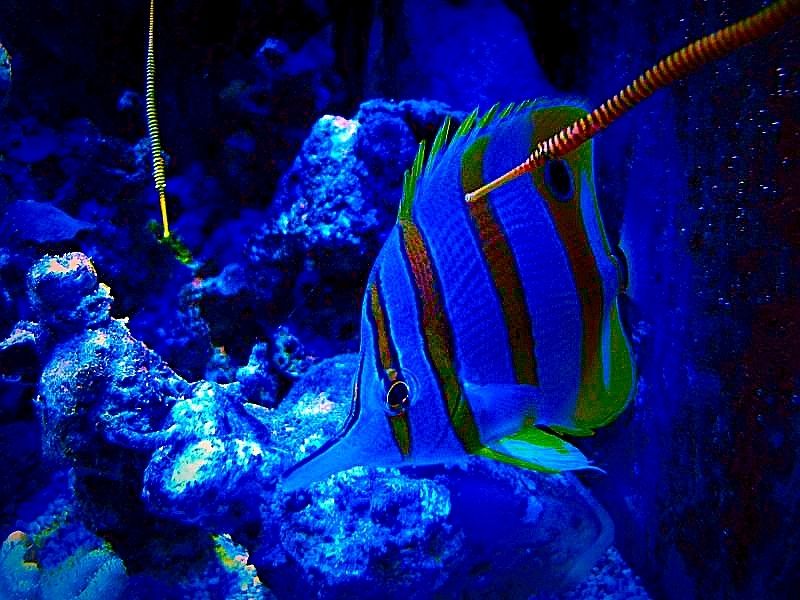
You can clearly see it on this Copperband. It's the line of scales that start behind the eye and arc up around near the top of the fish and goes to it's tail.
Most of us don't have this line but all fish do and it is the most important part of a fish and has an enormous job to do for the fish.
That line of fluid filled tubes is the radar of the fish. It uses it to "feel" it's surroundings. Robert Straughn The Father of Salt Water Fish Keeping called it "Remote Feel". We never speak of it but instead worry about flake food or rice Crispies. It is as crucial to a fish as our skin is.
That is why you can never catch a fish with a net unless you cheat and corner the fish against something. Try to catch a fish with a net in the open sea by chasing it with a net. Even though the fish can't see the net, it knows exactly where the net is. Ever wonder why a fish never crashes into the glass in a tank? Not even in pitch darkness? The lateral line. And remember, the fish can't see the glass just like we don't see it when looking right through it.
That line is crucial to a fish but a big hinderance in a tank. Why you might say? Because the fish can "feel" the glass and being he can't see it, it drives them nuts.
(IMO that is how HLLE comes about and it always affects the lateral line first)
The nerves in the lateral line constantly bombard the fish with signals that in the sea would cause it to flee from an unknown threat, but they can't in a tank.
The fish can also feel the water surface and substrate and know they should be much deeper because none of the fish we keep live in 16" of water so they constantly want to get into safer, deeper water, but in a tank, they can't. It's like if we were in a see through cell where we can't see the bars but we can see predators walking by all the time. It would be scary. (Unless of course we see Ms Jolie)
These are a few things that cause stress in fish. I will continue below.
Some history: I learned most of what I know about fish by spending about 400 hours with them underwater in oceans all over the place. Not tourist diving when all the divers in a resort follow an instructor around a reef that 17,000 divers "explored" before you. I have my own boat and equipment and when I went to the tropics, I hired a local guide to show me what I asked him to show me and thats how I learned. Lay on the bottom until you run out of air. Much of my dives were at night in New York hunting for lobsters in close to zero visibility.
Enough about me. If you don't believe fish can become immune, like they are in the sea, go and watch Oprah or "The View"
To know about fish you have to know how they think. You will learn that by observing them in the sea.

The first thing we see is that fish don't like us and they are afraid of us, yes even if you look like Angelina Jolie. As soon as a diver gets about 7' from a coral head, all the fish will dive in and get completely out of sight. Thats what they want to do,,,ALL fish. No fish in the sea is going to stay there while you get close to them.
But in a tank, they are stuck, they can't get away. They can't get 7 feet from you and in a majority of tanks, they can't even hide from you. This one thing is a huge problem in keeping fish in a Home Tank. Public aquariums are different and in those tanks, the fish are at ease.
So thats one problem but we can correct that as much as possible. Another big problem is that all bony fish have a "lateral Line" that I have never heard one person mention in 60+ years of doing this and it is the single most important thing on a fish. It is more important than their sight, smell and hearing. Fish can get along fine without those senses but would die in minutes without their lateral line.

You can clearly see it on this Copperband. It's the line of scales that start behind the eye and arc up around near the top of the fish and goes to it's tail.
Most of us don't have this line but all fish do and it is the most important part of a fish and has an enormous job to do for the fish.
That line of fluid filled tubes is the radar of the fish. It uses it to "feel" it's surroundings. Robert Straughn The Father of Salt Water Fish Keeping called it "Remote Feel". We never speak of it but instead worry about flake food or rice Crispies. It is as crucial to a fish as our skin is.
That is why you can never catch a fish with a net unless you cheat and corner the fish against something. Try to catch a fish with a net in the open sea by chasing it with a net. Even though the fish can't see the net, it knows exactly where the net is. Ever wonder why a fish never crashes into the glass in a tank? Not even in pitch darkness? The lateral line. And remember, the fish can't see the glass just like we don't see it when looking right through it.
That line is crucial to a fish but a big hinderance in a tank. Why you might say? Because the fish can "feel" the glass and being he can't see it, it drives them nuts.
(IMO that is how HLLE comes about and it always affects the lateral line first)
The nerves in the lateral line constantly bombard the fish with signals that in the sea would cause it to flee from an unknown threat, but they can't in a tank.
The fish can also feel the water surface and substrate and know they should be much deeper because none of the fish we keep live in 16" of water so they constantly want to get into safer, deeper water, but in a tank, they can't. It's like if we were in a see through cell where we can't see the bars but we can see predators walking by all the time. It would be scary. (Unless of course we see Ms Jolie)
These are a few things that cause stress in fish. I will continue below.



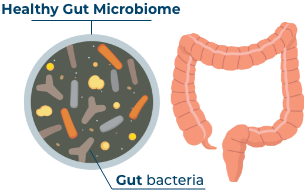
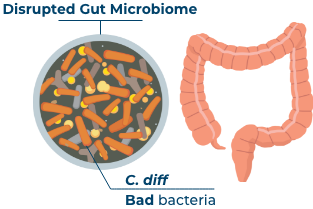


.jpg)
